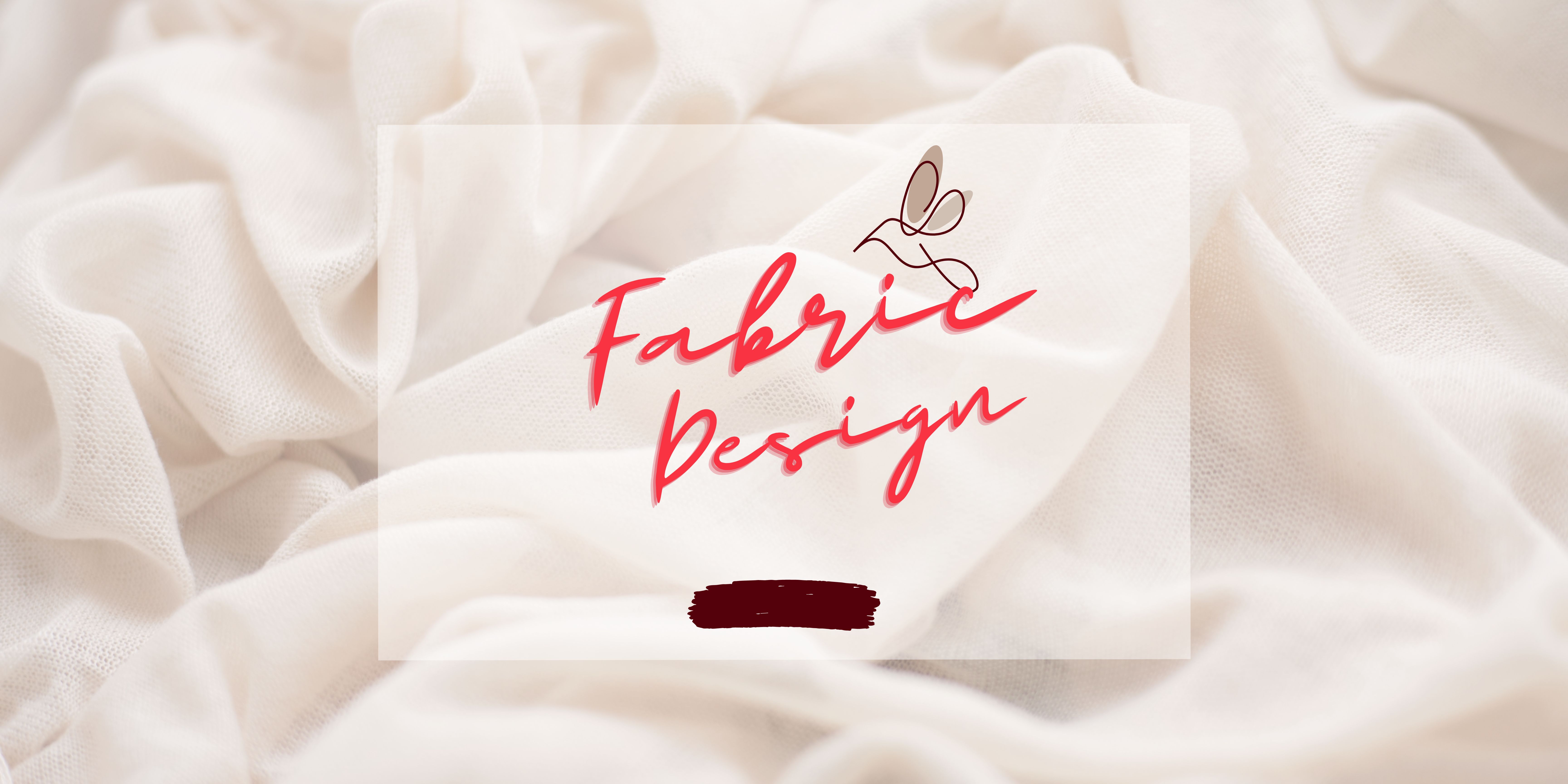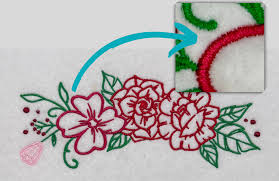
The Science of Textile Design: Materials, Techniques, and Innovations
The Science of Textile Design: Materials, Techniques, and Innovations
Textile design is an intricate blend of creativity and science. While inspiration drives the artistic process, a deep understanding of the materials, techniques, and innovations in the field is equally essential. This knowledge not only influences the aesthetic outcome but also determines the functionality, sustainability, and overall success of textile products. In this blog post, we'll delve into the scientific aspects of textile design, exploring how these elements shape the creation and development of textiles.
Materials: The Building Blocks of Textile Design
The choice of materials is fundamental to textile design, as different fibers, fabrics, and finishes drastically affect the final product. Each material brings its own unique properties—such as texture, durability, and breathability—that influence how a textile looks, feels, and performs. For instance, natural fibers like cotton and wool offer comfort and breathability, while synthetic fibers like polyester and nylon provide strength and resistance to wear and tear. Understanding the characteristics of these materials allows designers to select the right combination to meet specific aesthetic and functional goals.
Techniques: The Craft of Textile Creation
Textile design encompasses a wide array of techniques, each with its own set of scientific principles and parameters. Weaving, knitting, printing, and dyeing are just a few of the methods used to transform raw materials into finished textiles. Each technique involves precise control over factors such as tension, yarn count, and color fastness, all of which affect the quality and appearance of the final product. Mastery of these techniques enables designers to achieve the desired texture, pattern, and durability in their textiles, ensuring that the end result meets both artistic and practical standards.
Innovations: Pushing the Boundaries of Textile Design
The field of textile design is ever-evolving, with constant advancements in materials, techniques, and technology. Innovations such as smart textiles, which incorporate electronic components, and eco-friendly dyes, which reduce environmental impact, are transforming the industry. Staying informed about these developments allows designers to push the boundaries of what's possible, creating textiles that are not only visually striking but also technologically advanced and sustainable. By embracing these innovations, designers can explore new realms of creativity and functionality in their work.
Sustainability: Designing with the Planet in Mind
Sustainability is a critical consideration in modern textile design. The environmental impact of textile production is significant, from the sourcing of raw materials to the disposal of finished products. Designers must consider the sustainability of their materials, such as choosing organic or recycled fibers, as well as the environmental effects of their production techniques, like water usage and chemical emissions. By prioritizing sustainability, designers can create textiles that are not only beautiful and functional but also environmentally responsible. This approach not only meets the growing demand for eco-friendly products but also contributes to the long-term health of our planet.
Conclusion: The Science Behind Stunning Textiles
The science of textile design is a complex and essential aspect of the industry. By understanding the materials, techniques, and innovations that underpin this field, designers can create textiles that are both aesthetically pleasing and functionally superior. Moreover, by integrating sustainability into their design processes, they can ensure that their creations are not only cutting-edge but also kind to the environment. In the ever-changing world of textile design, a balance of creativity and scientific knowledge is key to producing textiles that stand the test of time.



.jpg)








